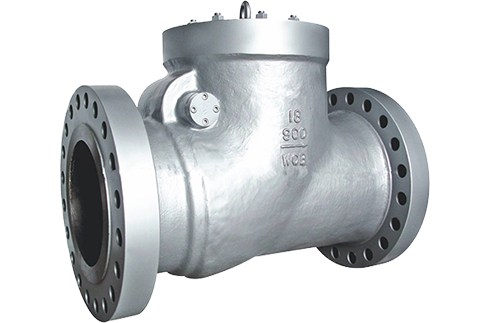2025-07-11
In fluid control systems, flexibility and adaptability remain key considerations for system designers. The bi directional butterfly valve has become a valuable component in various industrial environments due to its ability to manage flow in two directions without compromising control. Its compact design and simplified structure make it particularly useful in situations where space is limited and quick shut-off is needed.

Different sectors, including water treatment, chemical processing, and HVAC systems, are increasingly incorporating the bi directional butterfly valve into their operations. This type of valve offers balanced performance in either flow direction, which helps engineers simplify pipeline layouts and reduce the need for additional components. In many facilities, it’s common to see these valves used alongside more traditional models like the expanding gate valve to meet a range of functional needs.
The expanding gate valve is recognized for its robust sealing and ability to handle heavy-duty applications. Unlike the bi directional butterfly valve, it uses a sliding gate mechanism that expands tightly against the seats, creating a reliable seal. This feature makes the expanding gate valve suitable for applications that involve abrasive media or where bubble-tight shutoff is essential. While not as space-saving as butterfly valves, the expanding gate valve plays an important role in sectors like oil and gas, mining, and power generation.
In pipelines where directional changes and variable pressures are frequent, the bi directional butterfly valve proves to be a useful tool. Its disc rotates to control flow and can be operated manually or through automated actuators. This functionality reduces maintenance requirements while maintaining a consistent level of performance. The use of these valves has made it easier for industries to maintain continuous operation while less downtime for servicing.
Alongside their operational advantages, both the bi directional butterfly valve and the expanding gate valve contribute to longer-term system efficiency. For example, when dealing with slurry or sediment-heavy media, the expanding gate valve's design allows debris to pass without causing internal wear. Meanwhile, the bi directional butterfly valve can be installed in tight piping configurations where traditional valves might be difficult to position or operate effectively.
Another benefit of combining both valve types within a single installation lies in their differing structural characteristics. The expanding gate valve offers strength and pressure resistance, especially in large-diameter pipelines. On the other hand, the bi directional butterfly valve brings speed and versatility, especially in modular systems or temporary setups. As plant requirements change, having both options available gives operators greater flexibility in managing flow systems with small modifications.
Material selection also impacts valve choice. The expanding gate valve is commonly produced using high-strength alloys to withstand harsh conditions, while the bi directional butterfly valve often incorporates corrosion-resistant coatings for compatibility with chemical or marine environments. These differences further expand the use cases of each valve type across industrial projects.
Looking at current usage patterns, the bi directional butterfly valve continues to gain attention due to its installation ease and dual-direction control. It is frequently found in automated systems where remote control and quick response are required. However, it does not replace the expanding gate valve, which remains a critical component where isolation and durability are necessary.
The growing use of the bi directional butterfly valve reflects a broader shift toward adaptable and cost-efficient system designs. When paired with the expanding gate valve, facilities can maintain operational reliability while meeting complex technical demands. This combination provides a balanced approach to managing modern pipeline infrastructure across a variety of sectors.